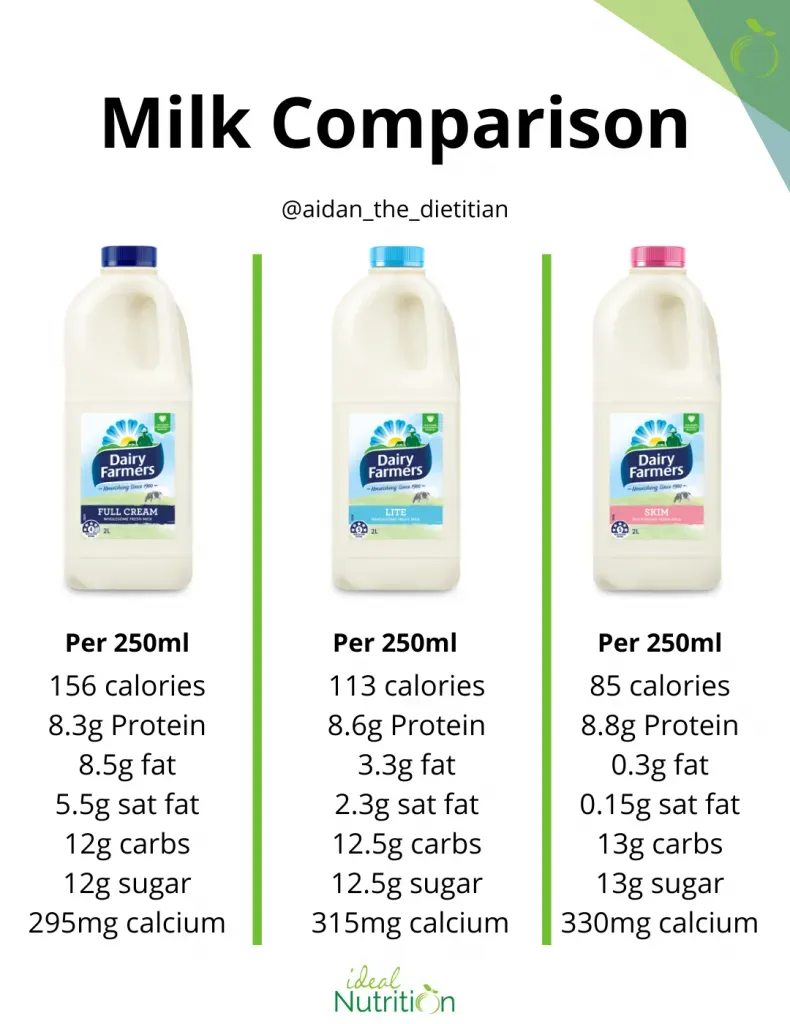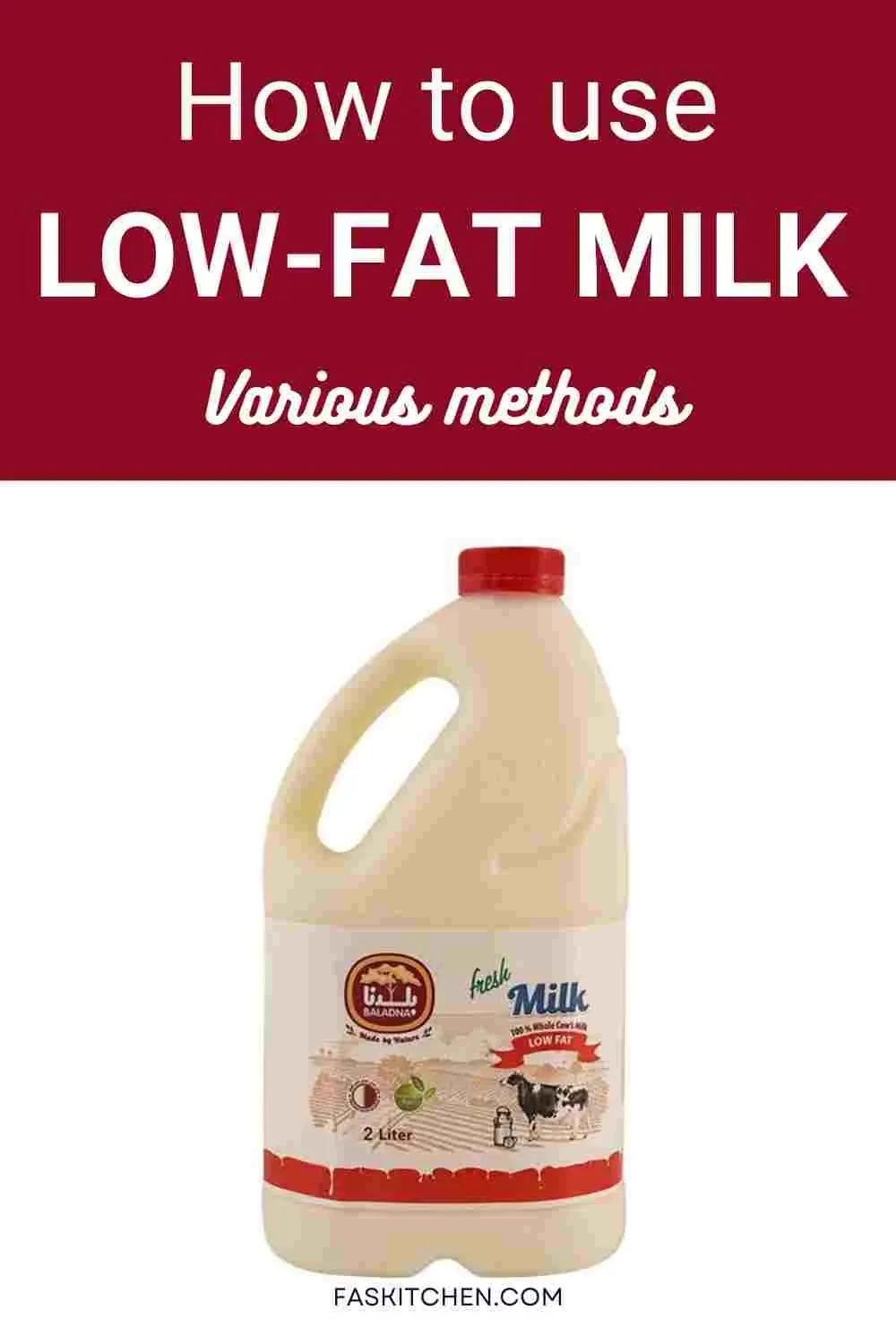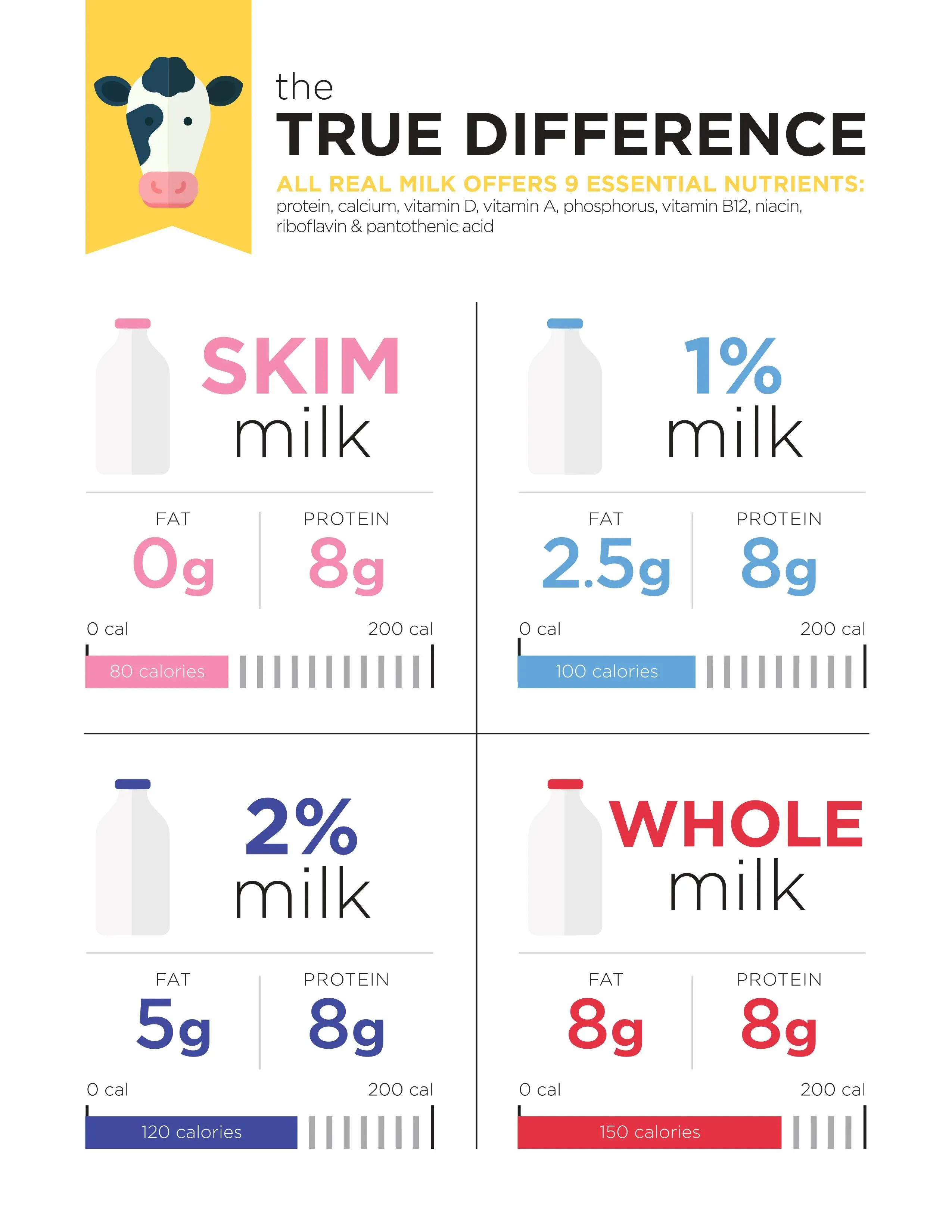Table of Contents
Walk down the dairy aisle these days, and you might feel like you need a milk-decoder ring. Whole, 2%, 1%, skim – they all look like milk, right? But they aren't the same. Understanding the differences starts with knowing exactly what you're buying. Let's cut through the marketing and carton claims and get to the heart of the matter: the low fat milk definition. It's more than just a label; it dictates the fat content, calories, and even the texture of what you pour into your cereal or coffee.
The Straight Scoop: What is the Low Fat Milk Definition?

The Straight Scoop: What is the Low Fat Milk Definition?
Cutting Through the Fat: The Official Number
So, you're standing there, carton in hand, seeing "low fat" plastered across the front. What does that actually mean in quantifiable terms? It's not just a feeling or a suggestion.
The official low fat milk definition is tied directly to its milkfat content by weight.
According to the powers that be, milk labeled "low fat" must contain 1% milkfat.
That's the line in the sand.
It's a specific percentage, not a range or a vague description.
From Percentage to Your Glass: What 1% Means
Translating that 1% milkfat definition into something you can visualize is key.
Think about an 8-ounce glass of milk.
That 1% milkfat content typically works out to about 2.5 grams of fat per serving.
Compare that to whole milk, which clocks in around 8 grams per serving.
It's a significant reduction, hence the "low fat" label.
This number is standardized, so whether you buy Brand A or Brand B, if it says "low fat," that 1% rule applies.
It's the middle ground between the richness of higher-fat options and the complete absence of fat in skim milk.
Here’s a quick look at how it stacks up:
Milk Type | Approximate Milkfat (%) | Approximate Fat per 8oz Serving (g) |
|---|---|---|
Whole Milk | 3.25% | 8 g |
Reduced-Fat Milk | 2% | 5 g |
Low-Fat Milk | 1% | 2.5 g |
Fat-Free (Skim) Milk | 0% | 0 g |
The History and Regulation Behind 1%
The push for lower-fat dairy options gained serious traction decades ago, driven by dietary guidelines recommending reduced fat intake.
Regulatory bodies stepped in to provide clear classifications, preventing manufacturers from just calling anything "low fat."
Establishing the low fat milk definition at 1% created a clear category for consumers.
It allowed people to make a deliberate choice based on a defined nutritional profile.
This standardization ensures that the term isn't just marketing fluff, but represents a specific product meeting a set criterion for fat content.
Low Fat Milk vs. the Rest of the Dairy Aisle: Whole, 2%, and Skim

Low Fat Milk vs. the Rest of the Dairy Aisle: Whole, 2%, and Skim
Whole Milk: The Full-Fat Baseline
so we know low fat milk is 1% fat. But to really get that, you need to see it next to the others, especially whole milk. Think of whole milk as the original, the standard before we started messing with fat content.
Whole milk clocks in at around 3.25% milkfat. That percentage might not sound huge, but it makes a massive difference in taste, texture, and calories.
It's richer, creamier, and definitely has more body than its lower-fat counterparts.
An 8-ounce glass of whole milk carries about 150 calories and roughly 8 grams of fat.
Compare that 8 grams of fat to the 2.5 grams in low fat milk – that's where the "low fat" name really earns its stripes.
It's the baseline, the starting point from which the others are derived by removing fat.
2% Milk: The Middle Child
Then you have 2% milk, officially called "reduced-fat milk." This one often causes confusion because people think "2 percent" means it's only 2% fat by weight. But it's 2% *milkfat* by weight, which is a significant reduction from whole milk.
An 8-ounce serving of 2% milk typically has around 120 calories and about 5 grams of fat.
See how it sits right in the middle? More fat and calories than low fat (1%) but less than whole milk (3.25%).
It's the compromise milk, offering a little less richness than whole milk but not going as lean as 1% or skim.
It's a popular choice for folks who want some fat but are cutting back from whole milk.
Milk Type | Approximate Milkfat (%) | Approximate Fat per 8oz Serving (g) | Approximate Calories per 8oz Serving |
|---|---|---|---|
Whole Milk | 3.25% | 8 g | 150 |
Reduced-Fat Milk (2%) | 2% | 5 g | 120 |
Low-Fat Milk (1%) | 1% | 2.5 g | 100 |
Fat-Free Milk (Skim) | 0% | 0 g | 80 |
Skim Milk: The Fat-Free Option
Finally, you hit skim milk, also known as fat-free milk. This is where the fat content is essentially removed.
The official line is less than 0.5% milkfat, but for all practical purposes, it's considered 0% fat.
An 8-ounce glass of skim milk contains about 80 calories and, as the name suggests, 0 grams of fat.
This is the leanest option available.
It has a much thinner texture and less creamy mouthfeel compared to 1%, 2%, or whole milk.
If your goal is to minimize fat and calories from milk, skim is the choice, standing distinctly apart from the low fat milk definition at 1%.
Looking Past the Definition: Nutritional Facts About Low Fat Milk

Looking Past the Definition: Nutritional Facts About Low Fat Milk
Beyond the Fat Count: Essential Nutrients
so we've nailed down the low fat milk definition – it's the 1% milkfat stuff. But focusing only on the fat percentage misses a huge part of the story. Milk, regardless of its fat level, is a nutritional powerhouse. Low fat milk doesn't strip away the good stuff; it just removes some of the fat and, consequently, some calories.
Pour a glass of 1% milk, and you're getting a solid dose of key nutrients your body actually needs. We're talking about the vitamins and minerals that contribute to bone health, energy, and overall function. It’s not just white liquid; it's a delivery system for some pretty important building blocks.
Think of it this way: you're cutting back on one component (fat) without sacrificing the majority of the nutritional benefits that milk offers across the board.
The Big 13: Vitamins and Minerals Still Present
Here’s where low fat milk really shines beyond the fat discussion. It still contains the same 13 essential nutrients found in whole milk. Removing fat doesn't magically evaporate the calcium or the vitamin D.
Your bones still get the calcium boost they need.
That vitamin D, often added to milk, helps your body absorb that calcium effectively.
Milk also provides protein, which is crucial for building and repairing tissues.
You also find riboflavin, phosphorus, potassium, and several B vitamins, like B12, which are important for nerve function and energy metabolism.
It's a comprehensive nutrient package, even with less fat.
- Calcium: For strong bones and teeth.
- Vitamin D: Aids calcium absorption.
- Protein: Builds and repairs muscle.
- Riboflavin (B2): Helps convert food to energy.
- Phosphorus: Works with calcium for bone health.
- Potassium: Helps maintain healthy blood pressure.
- Vitamin B12: Essential for nerve function and red blood cell formation.
Nutrient Density: Getting More Bang for Your Calorie Buck
One of the main reasons people opt for low fat milk is its nutrient density, especially compared to whole milk. You get a similar profile of essential vitamins and minerals for significantly fewer calories and less saturated fat.
For someone trying to manage calorie intake but still wanting the nutritional benefits of dairy, 1% milk presents a compelling case.
It provides those 13 essential nutrients without the higher calorie load that comes with the extra fat in whole milk.
It's about making a trade-off: you lose some of the richness and mouthfeel that fat provides, but you gain a lighter option that still delivers on the nutritional promise of milk.
It’s a practical choice for daily consumption if reducing fat intake is your goal.
Why Choose Low Fat Milk? Benefits and Considerations

Why Choose Low Fat Milk? Benefits and Considerations
Making the Switch: Who Benefits?
Alright, so you know the low fat milk definition is 1% fat. But why even bother with it? Why not just go whole hog (pun intended) or jump straight to skim? The decision often boils down to balancing nutritional goals with taste preferences. For many, 1% milk offers a sweet spot. It significantly reduces the saturated fat and calories compared to whole milk, which can be a key factor for folks managing weight or cholesterol levels, following specific dietary guidelines, or just trying to make slightly healthier swaps without feeling deprived.
Think about it: swapping from whole milk to 1% daily can cut out a noticeable amount of fat and calories over time. It’s not a magic bullet, obviously, but it’s a simple, practical step. It still retains some of the body and flavor that makes milk enjoyable, unlike skim milk which some find too watery. It provides that familiar dairy experience while aligning with a lower-fat eating plan. It's a compromise that works for a lot of people who aren't ready to give up that bit of creaminess entirely but want to lighten things up.
Common Questions About the Low Fat Milk Definition
Is Low Fat Milk Just Watered Down Whole Milk?
Ah, the classic suspicion. You pour a glass of 1% and it looks... less substantial than whole milk. So, is it just whole milk with some water added to hit that low fat milk definition? Nope, that's not how it works. The process involves separating the cream (which contains most of the fat) from the liquid milk, usually through centrifugal force. They literally spin it. Then, they add back just enough cream to get that 1% milkfat level by weight. Skim milk has virtually all the cream removed, while 2% gets a bit more cream added back than 1%. So, no, it's not watered down; it's carefully calibrated to meet that specific 1% fat standard, removing the fat rather than diluting with water.
Does Removing the Fat Mess With the Other Nutrients?
This is a valid concern. If you take something out, does the whole nutritional house of cards collapse? Fortunately, when it comes to the low fat milk definition and the milk that fits it, the answer is mostly no. As we touched on, the essential vitamins and minerals – calcium, protein, vitamin D (often added), B vitamins, etc. – largely remain intact when the fat is removed. You aren't sacrificing your bone health or protein intake just because you chose 1% over 3.25%. The main nutritional changes are the reduction in total fat, saturated fat, and calories. Some fat-soluble vitamins, like Vitamin A, might be reduced slightly with fat removal, but they are often added back during processing to ensure the nutritional profile stays robust across different milk types. So, you're still getting the good stuff, just with less baggage.
Consider this lineup:
- Calcium: Still there.
- Protein: Still there.
- Vitamin D: Still there (usually added back).
- B Vitamins: Still there.
- Fat-Soluble Vitamins (A, E, K): Potentially reduced, but often fortified back in.
The core nutritional benefits remain solid.
The Final Pour: Making Sense of Low Fat Milk
So, there you have it. The low fat milk definition isn't some marketing gimmick; it's a specific standard – around 1% milkfat, if you're keeping score. We've lined it up against whole milk, the 2% middle ground, and the fat-free skim, showing how the fat content directly impacts calories and texture. While all liquid dairy brings those 13 essential nutrients to the table, the fat percentage is the key differentiator most people focus on. Choosing low fat milk often boils down to calorie or fat intake goals, or maybe just a preference for a lighter taste. Ultimately, the "best" milk isn't a universal truth, but understanding the definition helps you make a choice that fits your own glass.
